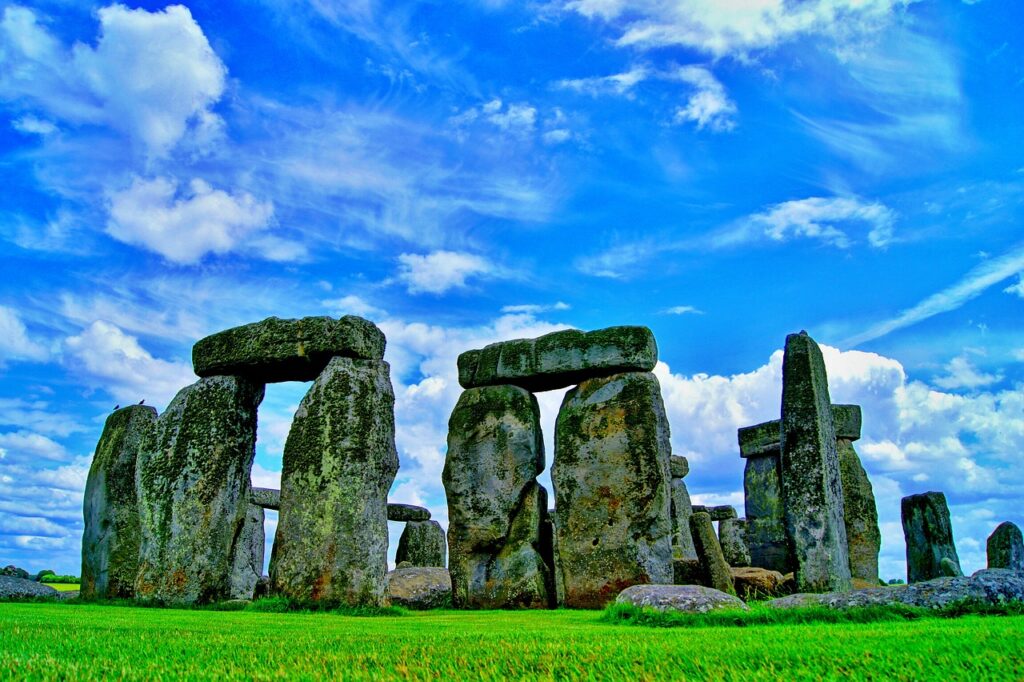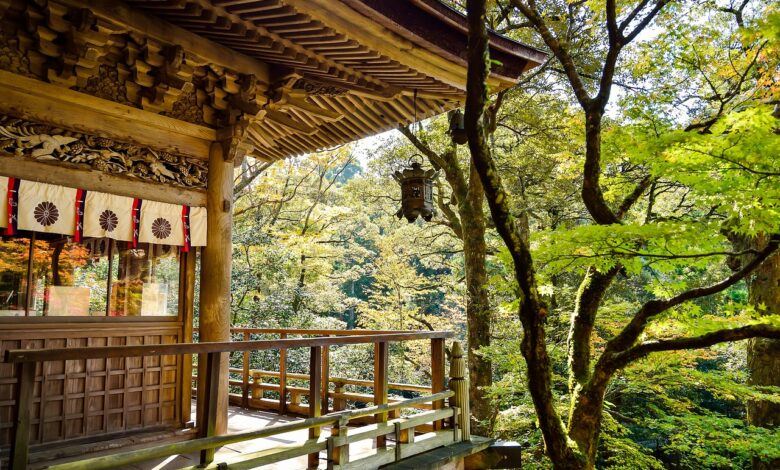Tourism plays a pivotal role in driving economic growth for many communities, tourist prompting civic leaders to explore strategies for attracting a greater number of visitors who can contribute to the local economy.
Over the years, communities have adopted innovative marketing approaches to showcase their natural and man-made attractions. As the tourism industry becomes increasingly competitive, communities are realizing that merely promoting and positioning their offerings is insufficient for ensuring success. In addition to the primary attractions, they must provide enticing “sub-attractions,” including retail stores and dining establishments that cater to the influx of visitors.

Retail presents a promising and profitable avenue for enhancing and enriching the visitor’s experience while prolonging their stay in the host community. Tourist retail has a longstanding presence, but in contemporary times, it must encompass more than just T-shirt and souvenir shops. To guarantee a satisfying shopping and dining experience for their out-of-town guests, many communities are implementing proactive initiatives to expand their retail and restaurant sectors.
Expanding the array of tourist retail offerings yields the following advantages:
- Tourism functions as an “export” industry, introducing fresh capital to the community.
- Tourism enhances the community’s visibility and creates additional opportunities for economic development.
- Residents gain access to a more diverse and extensive assortment of retailers and dining establishments.

Additional Opportunities:
Shopping constitutes a vital component of the visitor experience and can be harnessed by the community to capture a larger portion of tourist expenditures.
Moreover, it’s crucial not to underestimate the significance of pre-existing retailers, who can also thrive as the visitor industry expands. Many visitors are not necessarily seeking traditional tourist retail but are interested in shopping at establishments frequented by locals, such as department stores, specialty shops, and restaurants. Are your existing retailers offering the products and services that align with the preferences of visitors?

Furthermore, it’s important to acknowledge that a community need not be a major tourist destination to reap the benefits of tourist spending. Smaller communities can capitalize on their attractions by ensuring that they meet the needs of tourists. Do your visitors seek charming gift boutiques, or are they in search of trendy nightlife and dining options?
Understanding Your Visitors:
The key to expanding and attracting retailers catering to the visitor industry begins with a thorough understanding of your customers—the tourists who visit your community.
Commence by gathering fundamental visitor demographics, including their place of residence (town and country), group size, and duration of stay. Such information can typically be obtained from local attractions, lodging establishments, and visitor information centers, as well as through visitor sign-in records. Local sources can be supplemented with data from state tourism offices, regional promotional organizations, and third-party research firms.

This collected data serves numerous purposes. It aids in the development of detailed psychographic profiles of your current visitors, identification of new visitor segments, and targeting of specific potential visitors. These comprehensive profiles also serve as a foundation for expanding or attracting the mix of retail and services required to cater to visitors.
The tourism industry is marked by intense competition. Communities face rivalry from destinations both regionally and globally. Communities have an opportunity to confront this competition by broadening and enticing retailers oriented toward visitors.
Read our more blogs on retailinsights


